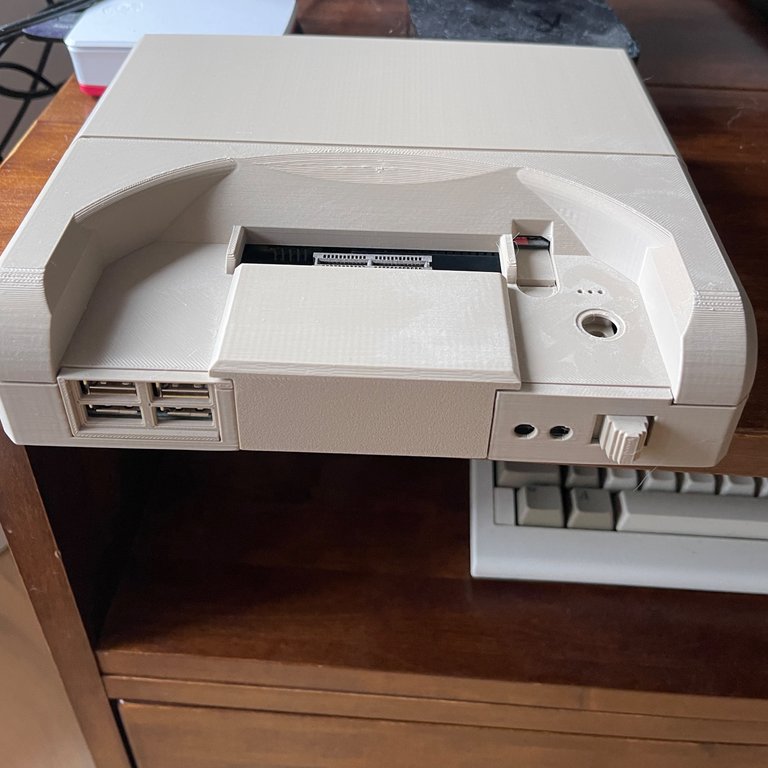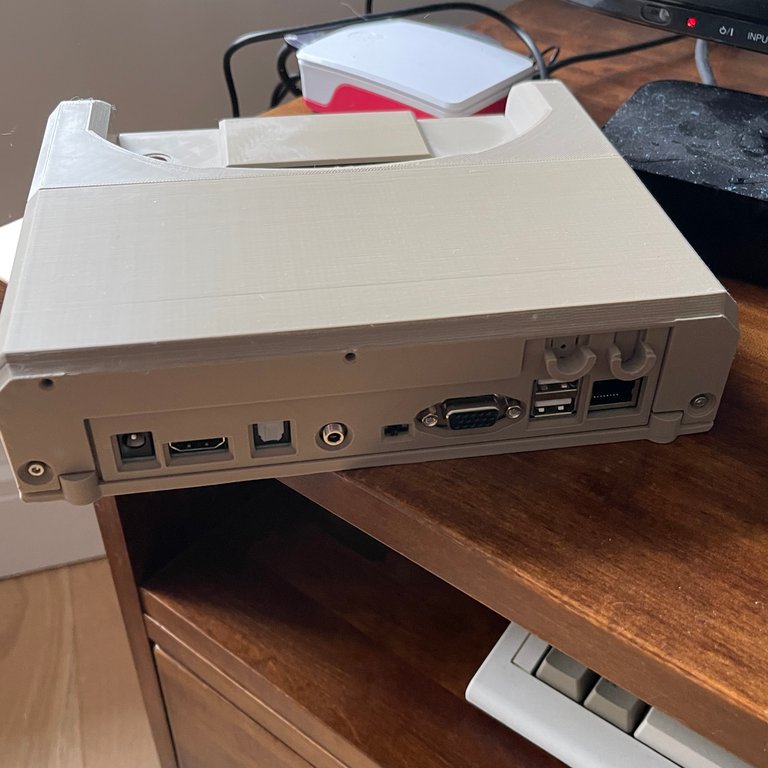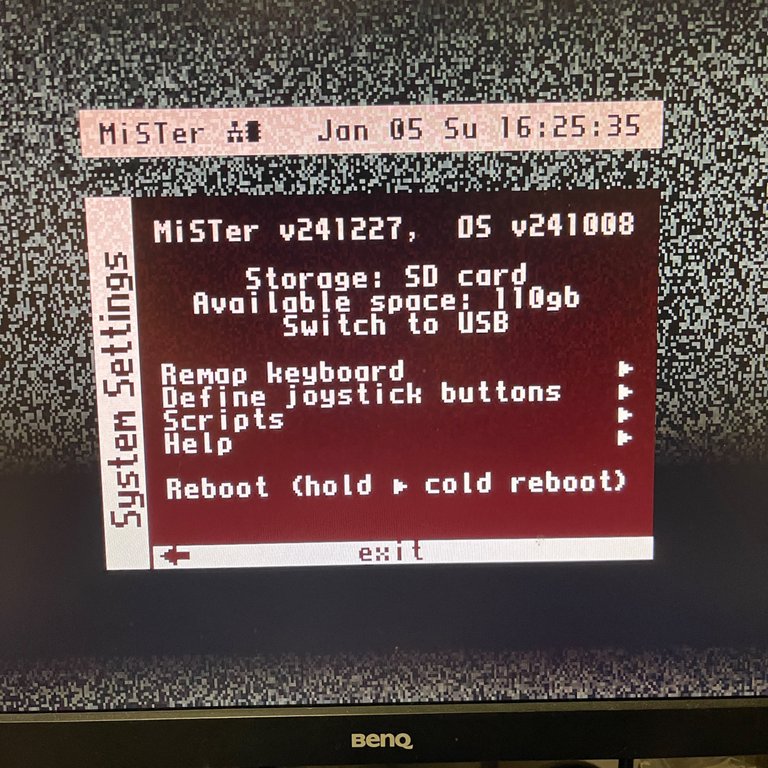
Today I dug out my MiSTer FPGA multisystem to give it long overdue updates.
The MiSTer project was one of the best and most pleasant surprises in 2024 because going into the year, many people had predicted the enthusiasm for it waning.
A large part of the negativity was from the costs involved. After the parts drought of the pandemic, you just could not get the boards at any reasonable cost, let alone all the accessories and so on.
This past year that all changed dramatically when fully compatible clones arrived at less than half the price.
Having cut-priced options not only reinvigorated the community, it also spurred on innovations in associated hardware and also new "Cores".
Cores are what the software is called that allows the FPGA board to behave like a particular system, such as an Arcade machine or computer.
Unlike creating an emulator, these cores replicate the actual physical hardware circuits and chips of the original, making the result in theory as close to identical as possible.
We all happily gobbled up the expected arcade ports like Pac-Man and Space Invaders, but now developers are working on machines we never expected such as N64 and Sega Saturn!

I am running my MiSTer as a "Multisystem". They stopped producing the version I have but the company is working on a next generation PCB.
The new board will have a full-sized SD card slot instead of a MicroSD one. It will also have internal mounting and connections for SSDs or other mass storage devices.
Please Note (or don’t, I’m not your boss) the custom 3d printed case in commodore colours (Jessie PLA from printedsolid.com). I just need to do new buttons 🕹️

I still play my old favourites, of course, such as Out Run - purely for the music!

Great strides have been made in usability too.
In the past I would stear people toward ready-made Raspberry Pi builds for their retro fix, but with cheaper MiSTer boards and much closer to "plug and play" instructions (though not plug and play yet) this project becomes much easier to recommend.

Updating to get all the latest free and updated cores is as easy and running an "update all" script. You cam do this right from the front-end or over SSH for those with a preference for the terminal.
Yes, it runs over your local area network so you can run updates over the internet, or copy files using windows folder sharing, FTP, and so on.
You can also, in addition to SD cards, add USB storage as you can see in the photo above.
As a programmer I am pumped to get using the updated and patched ZXNext core because the actual ZXNext is also FPGA based but ridiculously expensive to get your hands on, partly because it is just expensive but also you can only get them during Kickstarters or from the second-hand market. Having an identical core just without the lovely keyboard is a nice solution IMO!
For programmers it is also an excellent way to target multiple platforms with your retro games, because as well as accurately representing the hardware and operating systems, it also has the modern conveniences of wifi, USB, and HDMI. It doesn't entirely replace testing on real hardware but it comes extremely close, especially for rapid development.
I can't wait to see what the community comes up with next!